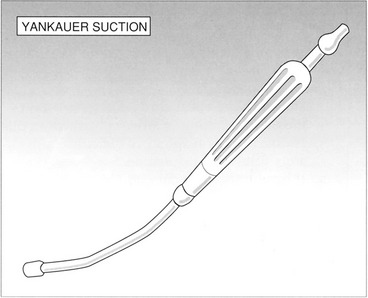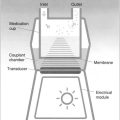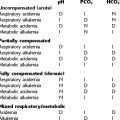CHAPTER 4 MANAGEMENT OF THE AIRWAY
PRETEST QUESTIONS
1. A patient has just been intubated, and the CO2 detector placed on the proximal end of the ET tube reads 1.5%. The respiratory therapist should suspect which of the following?
2. Opening the patient’s airway using an oropharyngeal airway is most beneficial when which of the following causes the obstruction?
3. McGill forceps are used during which of the following procedures?
4. The physician wants to begin weaning a patient from a tracheostomy tube. How may this best be accomplished?
5. You are called to a patient’s room because a ventilator alarm is sounding. You hear an audible leak around the patient’s ET tube during a ventilator breath and notice the exhaled volume reading is 150 mL less than the set VT. You check the cuff pressure and find that it is 12 mm Hg. Which of the following is the appropriate action to take?
6. You want to pass a suction catheter into the patient’s left lung to obtain a sputum specimen. What is the most appropriate method of accomplishing this?
REVIEW
CRT Exam Content Matrix: IB1a-b, 2b, 7d, IIIB1, III I1a-d
RRT Exam Content Matrix: IB1a-b, 2b, 7d, IIIB1, III I1a-c
Table 4-1 Appropriate Endotracheal Tube Sizes
| Newborns (by body weight) | |
| Less than 1 kg | 2.5 mm |
| 1 to 2 kg | 3.0 mm |
| 2 to 3 kg | 3.5 mm |
| More than 3 kg | 4.0 mm |
| Children (by age) | |
| 6 mo | 3.0-4.0 mm |
| 18 mo | 3.5-4.5 mm |
| 2 yr | 4.0-5.0 mm |
| 3 to 5 yr | 4.5-5.5 mm |
| 6 yr | 5.5-6.0 mm |
| 8 yr | 6.0-6.5 mm |
| 12 yr | 6.0-7.0 mm |
| 16 yr | 6.5-7.5 mm |
| Adults (by gender) | |
| Women | 7.5-9.0 mm |
| Men | 8.0-9.5 mm |

FIGURE 4-12 A Disposable colorimetric device for detecting the presence of CO2 in expired gas.
Courtesy Nellcor Puritan Bennett, Pleasanton, Calif. part of Covidien.
III. MAINTENANCE OF ARTIFICIAL AIRWAYS
RRT Exam Content Matrix: IB9q, IB10q, IIIB4, IIIC1b-c, IIIC2, IIIG1h
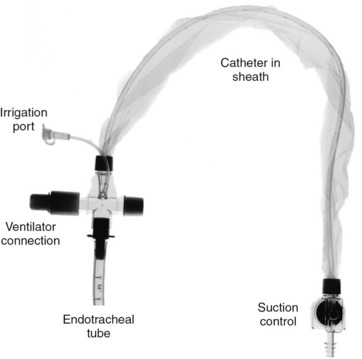
FIGURE 4-21 Closed suction catheter.
From Hess DR: Managing the artificial airway. Respir Care 44:759, 1999.
IV. ET TUBE EXTUBATIONCRT Exam Content Matrix: IIIB9RRT Exam Content Matrix: IIIB4
V. LARYNGEAL AND TRACHEAL COMPLICATIONS OF ET TUBESCRT Exam Content Matrix: IIIF2gRRT Exam Content Matrix: IIIF2d
POSTCHAPTER STUDY QUESTIONS
1. To prevent venous congestion on the trachea wall, the ET tube cuff should be maintained below what level of pressure?
2. Inspiratory stridor is a major clinical sign of what airway condition?
3. What is the name of the speaking valve that may be attached to a ventilator patient’s tracheostomy tube that allows the patient to talk?
4. Describe the purpose of an oropharyngeal airway.
5. What is the primary purpose of a fenestrated tracheostomy tube?
6. List the problems associated with the use of oral ET tubes.
7. How would you determine that an ET tube is resting in the right mainstem bronchus before a chest x-ray film is obtained?
8. What is a Yankauer suction device used for?
9. What is the maximum amount of suction pressure that may be used to suction an adult patient’s airway?
10. When extubating a patient, the ET tube should be withdrawn at what point in the breathing cycle?
Aehlert B. ACLS quick review study guide, ed 3. St Louis: Mosby; 2007.
Branson RD, Hess DR, Chatburn RL. Respiratory care equipment, ed 2. Philadelphia: JB Lippincott; 1999.
Cairo J, Pilbeam S. Mosby’s respiratory care equipment, ed 8. St Louis: Mosby; 2010.
Hess DR. Managing the artificial airway. Respir Care. 1999;44:759.
Hess DR, et al. Respiratory care principles and practice, ed 1. Philadelphia: Saunders; 2002.
Wilkins JL, Stoller JK, Kacmarek R. Egan’s fundamentals of respiratory care, ed 9. St Louis: Mosby; 2009.
White G. Basic clinical lab competencies for respiratory care, ed 4. Albany: Delmar; 2003.
Wyka K, Mathews P, Clark W. Foundations of respiratory care, ed 1. Albany: Delmar; 2002.

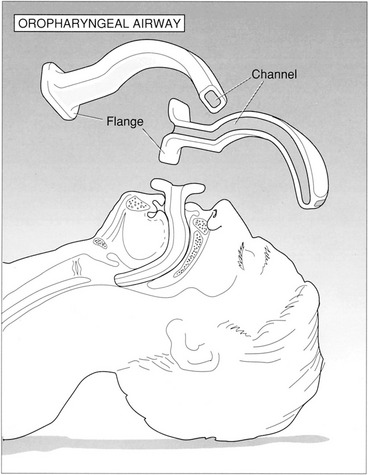
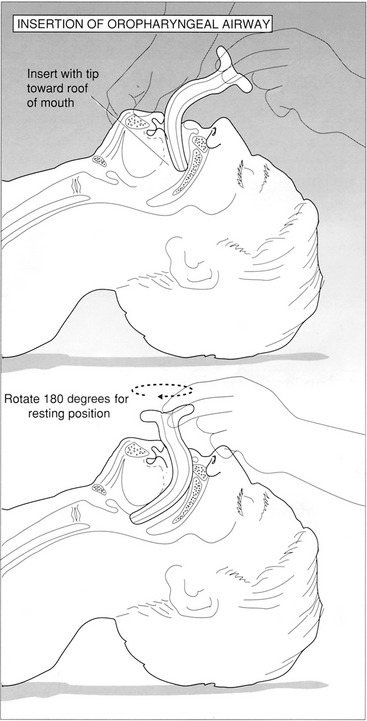
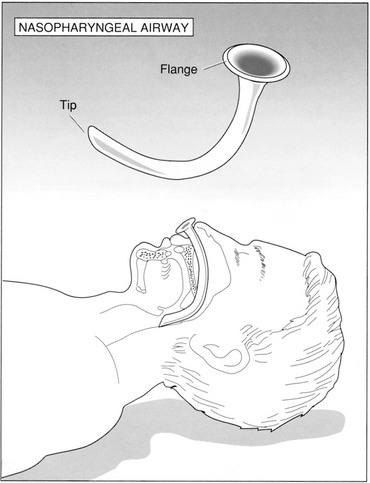
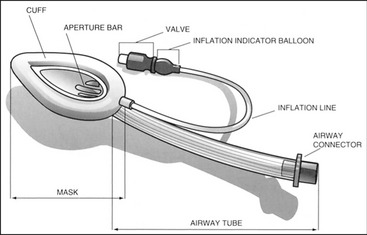
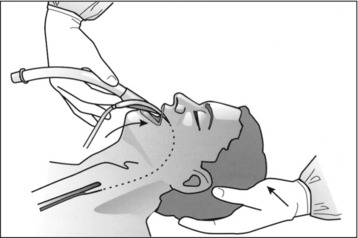
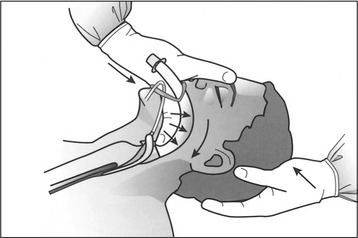
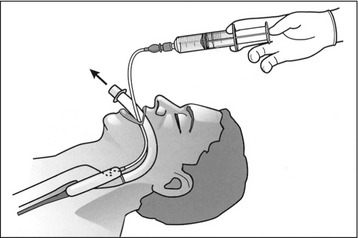
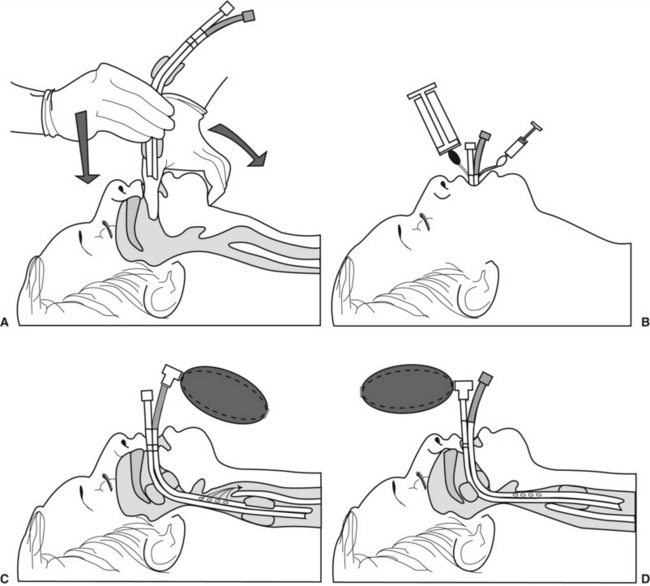
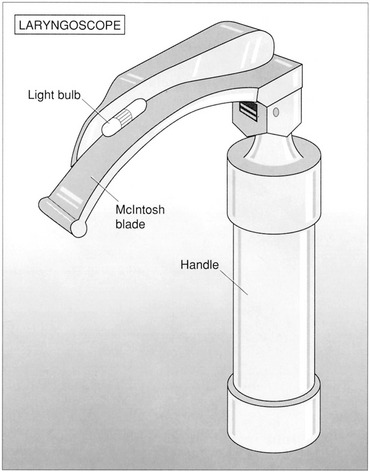
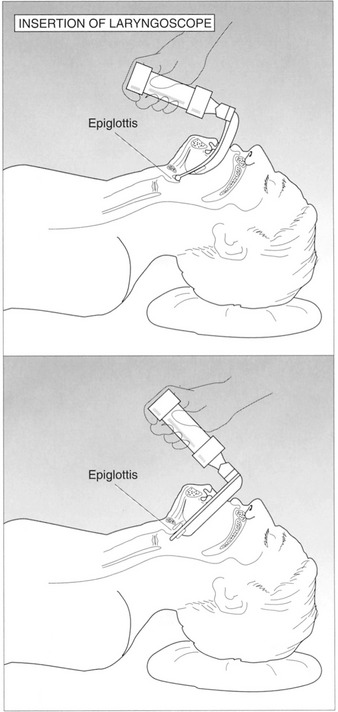
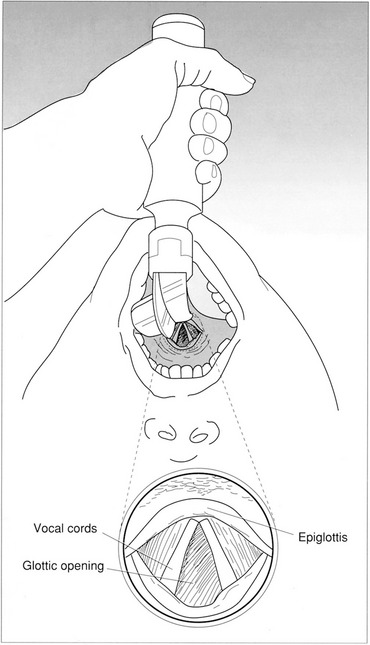

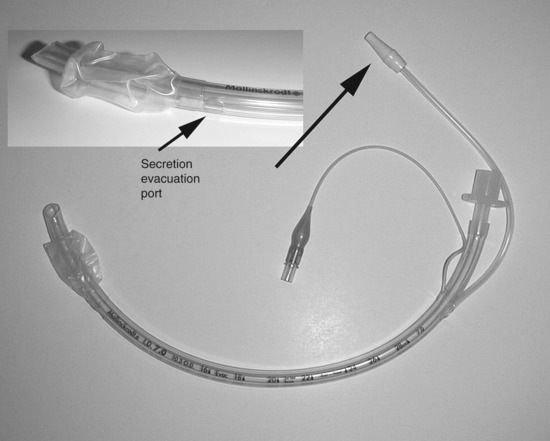
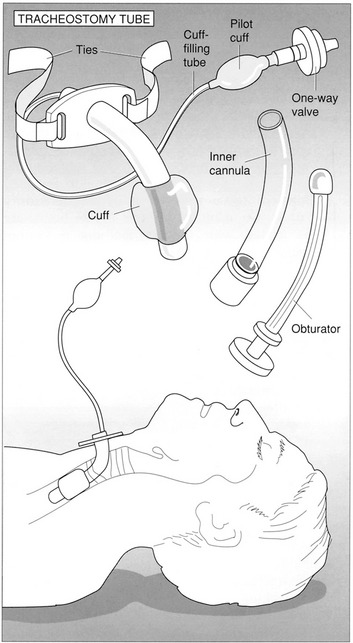
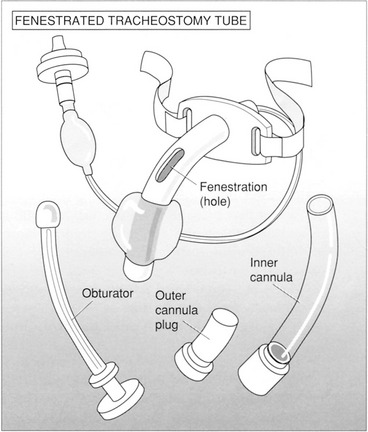
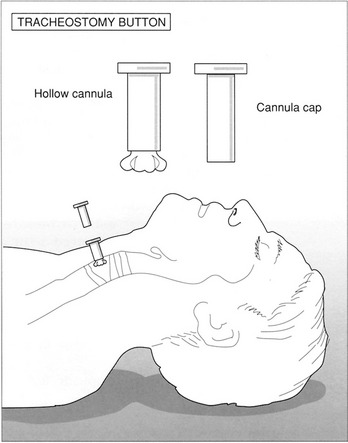
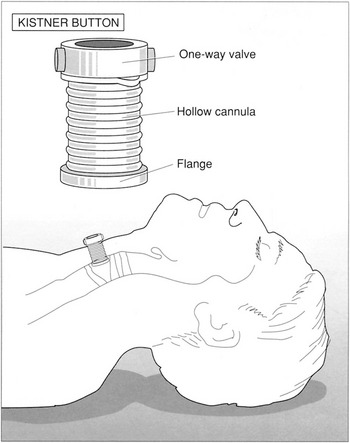
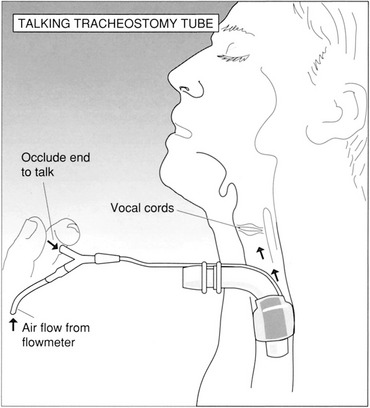
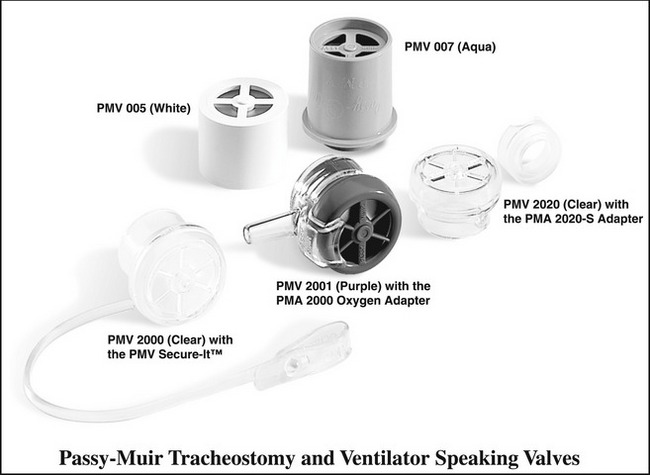
 the inside diameter of the ET tube may be acceptable, but on the exam, never exceed
the inside diameter of the ET tube may be acceptable, but on the exam, never exceed  of the inside diameter.
of the inside diameter.
 Fr, 8 Fr, 10 Fr, 12 Fr, 14 Fr, 16 Fr.)
Fr, 8 Fr, 10 Fr, 12 Fr, 14 Fr, 16 Fr.)